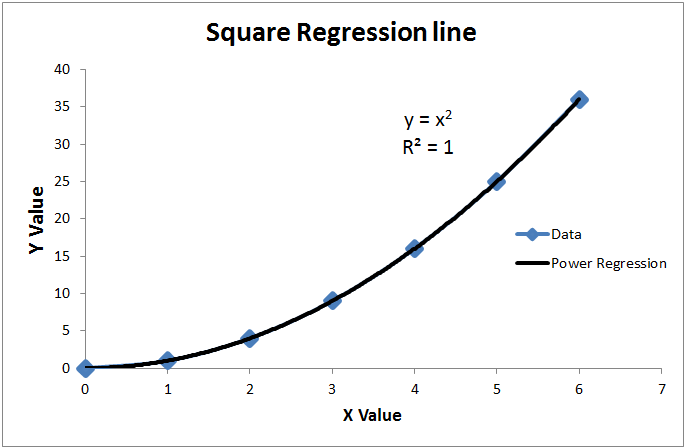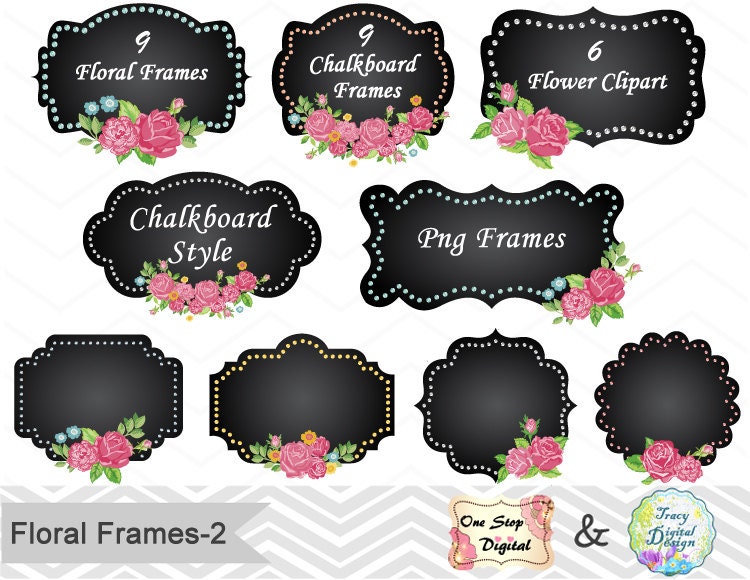45 extract labels in r
How to Extract Components from Lists in R - dummies You can extract components from lists in R. Consider two lists. The display of both the unnamed list baskets.list and the named list baskets.nlist show already that the way to access components in a list is a little different.. That's not completely true, though. In the case of a named list, you can access the components using the $, as you do with data frames. get_test_label : Extract Label Information from Statistical Tests Value. a text label or an expression to pass to a plotting function. Functions. get_pwc_label: Extract label from pairwise comparisons.. get_test_label: Extract labels for statistical tests.. create_test_label: Create labels from user specified test results.. get_n: Extracts sample counts (n) from an rstatix test outputs.Returns a numeric vector.
How to Extract the Column Index in a Data Frame by Its Label in R ... How to Extract the Column Index in a Data Frame by Its Label in R (Example Code) This page explains how to identify the variable index based on its label in a data frame in R programming. Creation of Example Data. data (iris) # Load iris data frame head ...

Extract labels in r
R: Extract labels from and set labels for data frames One can set or extract labels from data.frame objects. If no labels are specified labels (data) returns the column names of the data frame. Using abbreviate = TRUE, all labels are abbreviated to (at least) 4 characters such that they are unique. Other minimal lengths can specified by setting minlength (see examples below). r - Extract values and labels of labelled data - Stack Overflow I am struggling to extract the a values and labels of labelled data as a data.frame in R. In the following example, I would like to extract a two column data frame of value and label.. Your time and help is much appreciated. labels.data.frame : Extract labels from and set labels for data frames One can set or extract labels from data.frame objects. If no labels are specified labels (data) returns the column names of the data frame. Using abbreviate = TRUE, all labels are abbreviated to (at least) 4 characters such that they are unique. Other minimal lengths can specified by setting minlength (see examples below).
Extract labels in r. labels.dendrogram function - RDocumentation Extract the leaves labels from a dendrogram object. Usage ## S3 method for class 'dendrogram': labels (object, warn=FALSE, ...) Arguments Value A vector of labels from the dendrogram leaves. This is often a character vector, but there are cases it might be integer. source R-devel-mailing list. See Also labels, dendrogram Examples Run this code How to extract column (variable) attributes/labels from R to csv or ... I want to extract these labels along with the data into CSV/ xlsx format, so the end product would be the data set with the column names as the first row, then the labels as the second row etc. I've already tried things from the "foreign" library in R such as dataset.labels <- as.data.frame(attr(dataset, "label")) but all this just returns NULL. R: Extract the Label for a Variable Extracts the label for a variable from one or more of the *Labels files. Usage Label (var, labels = rbind (battingLabels, pitchingLabels, fieldingLabels)) Arguments Value Returns the variable label, or var if no label is found Author (s) Michael Friendly See Also battingLabels , pitchingLabels , fieldingLabels Examples Extract Certain Columns of Data Frame in R (4 Examples) A very popular package of the tidyverse, which also provides functions for the selection of certain columns, is the dplyr package. We can install and load the package as follows: install.packages("dplyr") # Install dplyr R package library ("dplyr") # Load dplyr R package. Now, we can use the %>% operator and the select function to subset our ...
labels: Find Labels from Object - R Package Documentation labels: R Documentation: Find Labels from Object Description. Find a suitable set of labels from an object for use in printing or plotting, for example. A generic function. ... Unevaluated Expressions Extract: Extract or Replace Parts of an Object Extract.data.frame: Extract or ... labels.data.frame : Extract labels from and set labels for data frames Arguments Details One can set or extract labels from data.frame objects. If no labels are specified labels (data) returns the column names of the data frame. If labels are set (attached to a data.frame) the data.frame gets a special class labeled.data.frame with specific subset and combination functions. var_label function - RDocumentation set_variable_labels() will return an updated copy of .data. Details. For data frames, if value is a named list, only elements whose name will match a column of the data frame will be taken into account. If value is a character vector, labels should in the same order as the columns of the data.frame. R: Extract Label Information from Statistical Tests Value. a text label or an expression to pass to a plotting function. Functions. get_pwc_label: Extract label from pairwise comparisons.. get_test_label: Extract labels for statistical tests.. create_test_label: Create labels from user specified test results.. get_n: Extracts sample counts (n) from an rstatix test outputs.Returns a numeric vector.
How to extract axes labels for the plot drawn using ggplot2 in R? We might want to use those axes labels for report writing or some other purpose, therefore, extraction of those labels for a plot created by using ggplot2 package can be found by using the ggplot_build function as shown in the below example but we need to save the plot in an object. Consider the below data frame − Example Live Demo get_labels: Retrieve value labels of labelled data in sjlabelled ... R Documentation Retrieve value labels of labelled data Description This function returns the value labels of labelled data. Usage get_labels ( x, attr.only = FALSE, values = NULL, non.labelled = FALSE, drop.na = TRUE, drop.unused = FALSE ) Arguments Value get_label function - RDocumentation A named character vector with all variable labels from the data frame or list; or a simple character vector (of length 1) with the variable label, if x is a variable. If x is a single vector and has no label attribute, the value of def.value will be returned (which is by default NULL). Details. See 'Details' in get_labels. Working with SPSS labels in R - Musings on R - A blog on all things R ... Funnily enough, when I first started out to use R a couple of years ago, I didn't think R was at all intuitive or easy to work with survey data. Rather painful if I'm completely honest! One of the big reasons for this "pain" was due to survey labels.1 Survey data generally cannot be analysed independently of the variable labels (e.g. Q1.
Working with SPSS labels in R | R-bloggers It's also worth noting that various different packages have similar methods for extracting variable and value labels - which practically do the same thing: list( "labelled::var_label ()" = source_data_sj$MARITAL %>% labelled::var_label(), "sjlabelled::get_label ()" = source_data_sj$MARITAL %>% sjlabelled::get_label(),
Quick-R: Value Labels To understand value labels in R, you need to understand the data structure factor. You can use the factor function to create your own value labels. # variable v1 is coded 1, 2 or 3
Variable and value labels support in base R and other packages Variable label is human readable description of the variable. R supports rather long variable names and these names can contain even spaces and punctuation but short variables names make coding easier. Variable label can give a nice, long description of variable. With this description it is easier to remember what those variable names refer to.
extract_variable_label function - RDocumentation extract_variable_label: Extract variable labels from dataframe Description. Variable labels can be created using ff_label. Some functions strip variable labels (variable attributes), e.g. forcats::fct_recode. Use this function to create a vector of variable labels from a data frame. Then use ff_relabel to relabel variables in data frame. Usage
[R] Variable labels and value labels Previous message: [R] Antwort: Re: Variable labels and value labels Next message: [R] Extract from a text file Messages sorted by: G.Maubach at weinwolf.de> wrote: > Hi Jim, > > many thanks for the hint. > > When looking at the ...
get_labels function - RDocumentation get_labels: Retrieve value labels of labelled data Description This function returns the value labels of labelled data. Usage get_labels (x, attr.only = FALSE, include.values = NULL, include.non.labelled = FALSE, drop.na = TRUE, drop.unused = FALSE) Arguments x
Set and extract labels from a labeled object — var_label Value. set_variable_labels() will return an updated copy of .data. Details. For data frames, if value is a named list, only elements whose name will match a column of the data frame will be taken into account. If value is a character vector, labels should in the same order as the columns of the data.frame.. Note. These functions are imported from the {labelled} package.





Post a Comment for "45 extract labels in r"